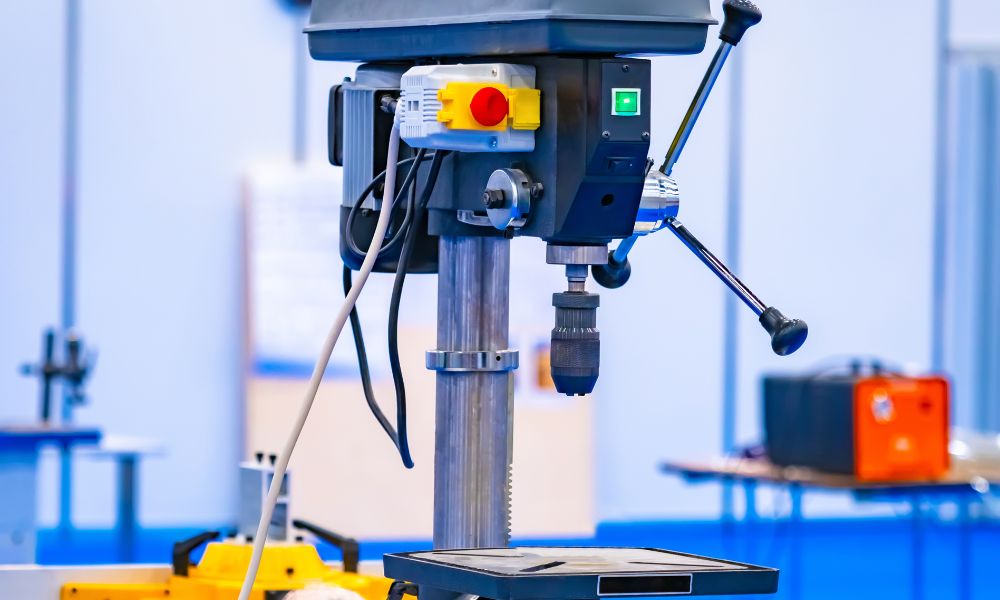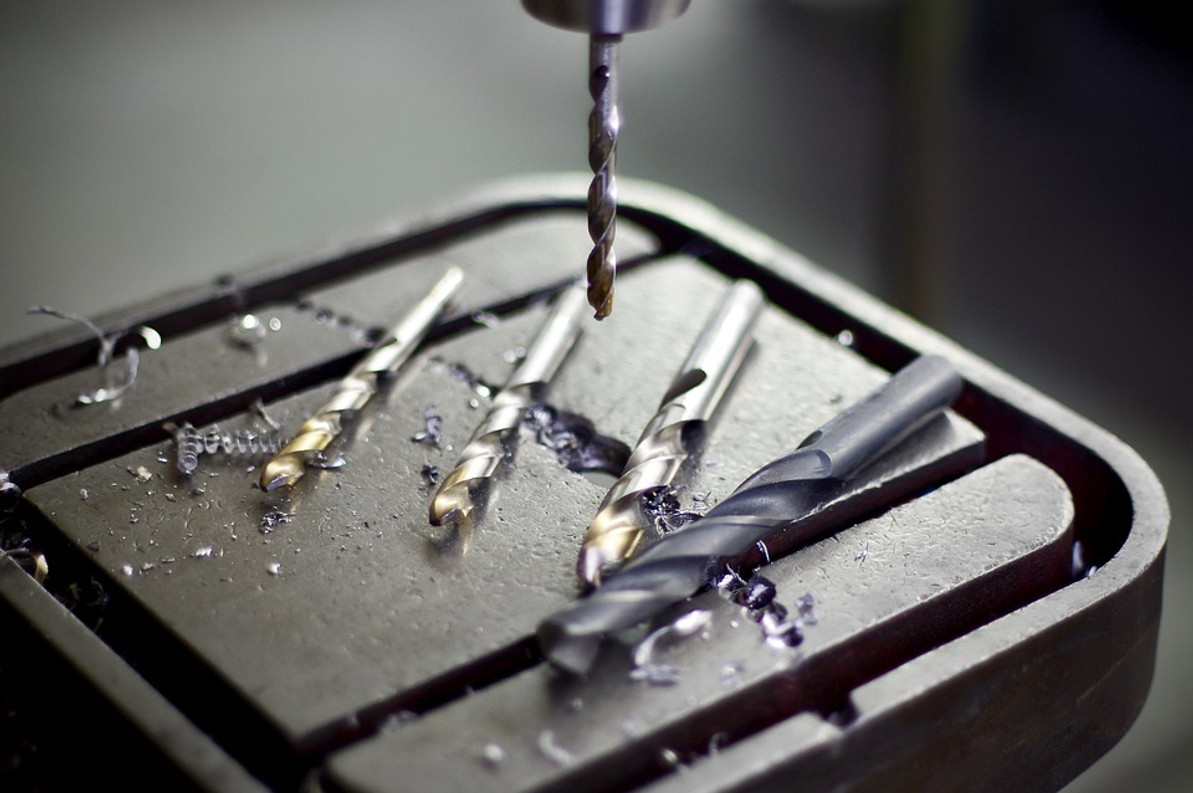A drill press is a highly versatile tool fundamental to many forms of manufacturing and DIY projects. Understanding its mechanics can open up new avenues of efficiency and precision in your work. In this comprehensive guide, we delve into the core functionality of a drill press, shedding light on how it works to achieve such tremendous accuracy.
For industry QA professionals, it’s crucial to grasp the underlying principles of a drill press, as it can significantly impact the quality of outputs, especially in fields demanding high precision. This article aims to demystify the drill press, explaining its mechanisms and applications in simple terms.

What is a Drill Press?
At its core, a drill press is a stationary machine that uses a motor to turn a drill bit vertically, enabling it to bore precise holes into various materials. Unlike handheld drills, a drill press offers unparalleled stability and control, making it an indispensable tool in any advanced workshop or industrial setting.
The Major Components of a Drill Press
Understanding the anatomy of a drill press is crucial for efficient use. The main components include:
1. Head
The head houses the motor and the spindle. It’s the part that does the heavy lifting, driving the bit into the material.
2. Spindle
The spindle holds the drill bit and rotates it at varying speeds, essential for drilling different materials.
3. Table
The table is where you place your workpiece. It is adjustable, allowing you to change the height and tilt for angled holes.
4. Base
The base provides stability and support, ensuring that the drill press remains stationary and accurate during operation.
How Does a Drill Press Work?
The operation of a drill press is straightforward yet highly efficient. Heres a step-by-step breakdown:
Step 1: Setting Up
Place your material on the table and secure it using clamps. This ensures that the workpiece remains steady during drilling.
Step 2: Adjusting the Table
Adjust the table height and tilt as needed to align the drill bit with the desired location on your material.
Step 3: Selecting the Drill Bit
Choose the appropriate drill bit for the material you’re working with. Different bits are designed for wood, metal, or other materials.
Step 4: Setting the Speed
Adjust the speed settings based on the material. Softer materials require lower speeds, while harder materials need higher speeds.
Step 5: Drilling
Power on the drill press and slowly lower the spindle using the lever. Keep a steady hand to ensure a clean, precise hole.
The Impact of Drill Presses on Industry
For industry QA professionals, the precision offered by a drill press is invaluable. In sectors like semiconductor manufacturing, the accuracy of drilled holes can make a considerable difference in the final product’s quality.
The ability to drill holes with high precision is critical in the semiconductor wafer polishing process. A well-maintained drill press, operated correctly, can significantly enhance the efficiency and accuracy of this process.
Different Types of Drill Presses
1. Bench Drill Press
As the name suggests, a bench drill press sits on a workbench. It’s smaller and suitable for lighter tasks.
2. Floor Drill Press
A floor drill press is larger, standing on its own support base. It offers more power and capacity, making it ideal for heavy-duty projects.
3. Radial Drill Press
This type offers flexibility, enabling the head to slide along a radial arm, allowing for drilling larger pieces and angled holes.
Advantages of Using a Drill Press
1. Precision
A drill press offers exceptional accuracy, which is impossible to achieve with handheld drills.
2. Efficiency
With adjustable speeds and depths, a drill press can handle various materials quickly and efficiently.
3. Safety
Using a drill press reduces the risk of accidents, with its stability and clamping mechanisms keeping the workpiece secure.
Routine Maintenance Tips
1. Regular Cleaning
Keep your drill press clean. Dust and debris can affect performance and lead to wear and tear.
2. Lubrication
Ensure that all moving parts are appropriately lubricated to prevent rust and ensure smooth operation.
3. Inspection
Regularly inspect your drill press for any signs of damage or wear. Replace worn-out components promptly.
Common Problems and Troubleshooting
1. Misaligned Holes
This could be due to incorrect table settings or a worn-out drill bit. Check the alignment and replace the bit if needed.
2. Unusual Noises
Strange sounds may indicate a lack of lubrication or loose components. Address these issues immediately.
3. Motor Issues
If the motor is not working correctly, it could be due to electrical faults. Consult a professional for repairs.
Expanding Your Skills
Using a drill press effectively can greatly enhance your skill set. Resources like What is a Drill Press? provide valuable insights on maximizing the use of this powerful tool.
Conclusion
Understanding how does a drill press work is fundamental for professionals across various industries. The precision, efficiency, and safety it offers make it an indispensable tool in modern manufacturing and DIY settings.

FAQs
1. Can a drill press be used for all materials?
Yes, a drill press can handle various materials, including wood, metal, and plastic, provided you use the correct drill bit and speed settings.
2. How often should I maintain my drill press?
Regular maintenance, including cleaning, lubrication, and inspection, should be performed every few months or as needed based on usage.
3. What are common issues with drill presses?
Common issues include misaligned holes, unusual noises, and motor problems. These can often be resolved with proper maintenance and timely repairs.